
I want you to imagine for one moment that you and your family are on holiday in Israel. It’s OK, the brochure and even the UK foreign office says that sure, there are issues with the Palestinians, you know, the terrorists but, that’s nowhere near you, absolutely miles away, you won’t see or hear any of it when you are there. You will be in a biblical paradise, the vacation of a lifetime.
You are on the third floor, not only overlooking the pool with kids slides but, also you overlook the red sea, it’s all inclusive, you don’t even have to leave the hotel

It’s day 4 and you’ve just had your meal in the evening when you hear shouting outside, the shouting is followed by a woman screaming. You hear someone shout, death to the west with an Arabic accident. You can see flames and hear the explosion of a car on fire, what do you do?
You have the sea on one side, the Arabs are on the road the other side, you are stuck in the hotel, there are just two security guards. The shouts are getting louder, you hear more screams, glass breaking.
In a panic you grab your wife and two lovely kids and run inside, you get to that room and you lock the door.
From the balcony you can see them. They have banners, death to the infidels, death to the west.
This guy, you met him at dinner, he’s from Halifax or, somewhere up north, he’s just retired and is celebrating with his wife, they’ve been married 43 years. He’s on the floor being kicked, he’s not moving, what do you do?
You go on social media, there are news reports all over it, a hotel in southern Israel, your hotel, is under siege by Muslim extremists. There are several injured, even a white muslim guy on holiday, he was abused and had to run for his life.
Your hear a noise below, you see flames, they are setting fire to your hotel. The police are there and the emergency services but, there are too many Arabs, the police cannot break through … you can hear them, in your corridor and then, there is silence, nothing.
Too scared to look, you are now hiding, all of you, under the bed. You know it won’t protect you but, it might buy you a little more time. There is banging on the door, you say your final prayers and, you hear an English voice outside, it’s the police, you are saved.
In the press the next day the headlines say …
PROTEST AT BEACH RESORT
British man alleged to have attacked a Muslim boy sparks a protect which lead to a riot quickly controlled by police. Later it goes on to say he was actually a very light skin Muslim man.
There is more but, it’s not what you experienced, it’s all about, you don’t understand it, it seems to be all about the rioters point of view, interviewing people saying that it’s all this westerners coming here that causes the problems.
Did you imagine that, did you feel it?
This is what poor, unfortunate people waiting for their asylum claims are experiencing in the UK right now.
Let us be totally clear here, 70-80% of all asylum claims are approved. That means that despite exhaustive research, these people really did flee from persecution and very probably death in their country of origin. They came here because, Britain is the country where they know people, they learnt English at school, they love our legal system, our democracy, they want to feel safe and part of a World Leading Country.
The other 20-30%, when the asylum system is fixed, they’ll be repatriated to where they came from, where ever that might have been. Eventually, there won’t be asylum seekers living in British towns and cities, they will have all been processed and either becoming part of our future culture or, gone.
These are not ‘ILLEGALS’. Now, clearly understand this, illegal immigrants are those who’s asylum claims were rejected and somehow evaded the authorities or else, they never sought it in the first place, they came over, likely trafficked by gangs and slave workers. Often this gangs even come from the UK, they’re born here and see an opportunity to ship over vulnerable people from abroad often taking everything from them, including their passports on the threat that if they cause trouble they’ll face huge issues, at the very best of those is being sent back to what they tried to escape from.
Can we also clearly understand that the majority of immigrants which come into the UK are invited here. They are our doctors, our nurses, engineers, carers … a whole host of careers we just don’t have enough people here to do, we need them, desperately.
Under the Conservative government we asked these folk over here and told them, they have to leave behind their family, no, husband, wife or children can ever join them, they come here to work and when we don’t want them any more, they go home.
Another terrible thing the last government did was to change the thresholds under which couples can bring their spouse into the UK. This is British born men and women who, by an absolute fluke be it destiny, divine intervention or otherwise, met and fell in love with someone from another country. Go back a decade and bringing them here was reasonably simple. Forms had to be completed, the UK partner had to prove they had enough income and a home for the foreign partner to come here, not just for now but, for 5 years. They paid a reasonably small fee, under £1000. Once approved, their partner was allowed to work in the UK, pay tax and National Insurance contributions on their salary
BUT, they were not entitled to a single penny in state benefits and had to pay a separate fee to be eligible to use the NHS, at that time, it was maybe £150 every 6 months
These days things have been changed. Indeed, many couples excited to start their life together may end up never getting their dream because of Conservative changes.
For starters, the UK citizen must earn at least £29000 a year and they must prove that.
Visas are, at most for 2.5 years
The first two, presuming they are married, cost 1856. On top of those they have to find an additional fee of £1035 each year (half for 6 months) This means that the visa to bring a wife or husband are a total of £8887. That takes them to year 5 then there is the final visa, this costs £2885 and, they can stop there if they wish. They have the right to stay here indefinitely and claim benefits but, should they return to their birth country for say, an emergency and stay what the government feel is, too long, they lose their status and have to start again. BUT, they are not done.
After they are allowed to stay here as a foreign national they likely will want to become British, the total for that process is £1630.
What I did not mention is the tests. To get here initially they must take a language test, then another at 2.5 years and again at 5 years plus a life in the UK test. Most British people whose families have been here for generations cannot pass it. These are all added costs and rarely are these test centres local, applicants often having to do overnight stays.
To become British and have all the rights that come with it, they will have spent a minimum of £13,402 over 5 years. Only after year 5 can they claim a single thing from the UK yet they pay the same tax as every else.
I know, it’s all too complicated, you don’t care, they’re all foreigners what does it matter?
Hardly any of us born in the UK can trace our ancestors far into history without realising they come from a totally different country. We have in us a lot of Scadinavian, French, German, Italian and Irish blood to name but a few. Hell, we don’t have to go back far before many of our Royal Family were German, the Duke of Edinburgh (late Queen’s Husband) was Greek! That means our current King is half Greek.








Those are just a few we think of as very British, the very epitome of being British, everything about us which makes us British and yet, they were not born here, does it matter?
You see, this is the thing about immigration, being British relies on it. You know who really lost out, you know, lost their home after Brexit, apart from those who couldn’t afford their mortgage that is? No, I’ll tell you, Brits living in Europe who wanted to keep their British citizenship. They were simply told, we are very sorry but, you are no longer part of the UK, you do not have the right to live here for more than 3 months!
Remember always, to be really British we just have to be accepted as British as we all have been either by birth or by going through a citizenship ceremony made part of what and who we are
Asylum seekers are not illegal in any sense. Everyone, including us, have the right to claim asylum in another country where we will feel safe. The UK is becoming one of a unique set of countries now whereby, we have virtually zero safe and legal routes for people to claim asylum here. They cannot come by traditional routes of air and sea as those have been blocked to them.
What will change?
Sadly, there has been created such a right wing, racist culture here, I am not sure our new government can change much that the last lot brought in. They can and will get those numbers seeking refuge here down considerably, of that I am sure. They’ll win the war on the terrorists who are currently rioting in the UK under the banner of too many immigrants, some of them, and it makes me sick, are claiming to be doing it to support the families of 3 little girls murdered by a British kid, born in Wales.
Are there immigration problems?
Yes is the simple answer. The last government simply didn’t process applications and, as such, it’s costing the government (us), £billions.
Do we have an issue with integration? Very much so we do. Some nationals of other countries do come here, work here, have kids here and yet, they never make British born friends, they only mix with others from their birth country, they actively avoid British people. Eventually though, even they die out, their kids or their grandkids will be true British, they’ll follow British teams, have British accents, probably won’t even speak that original language so, right now, it’s their loss if they don’t want to integrate, they are a dying minority.
Please, if you get anything from this it might be that these attacks, these riots are wrong. They are based on social media lies, even the likes of Elon Musk is spreading nonsense because of his wealth, he feels he has the right to get involved in UK life, a damn foreigner telling us what to think and these yobs are too stupid to realise it because he’s not black or dark skinned!
I’ll leave it there.



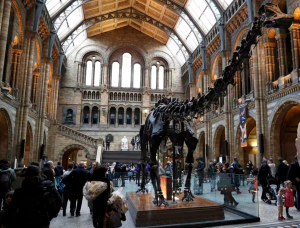
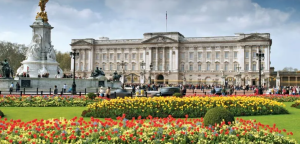
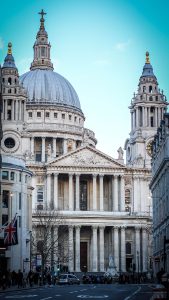
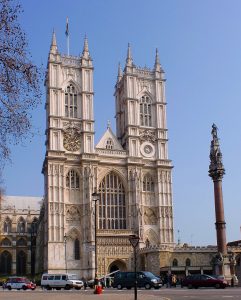
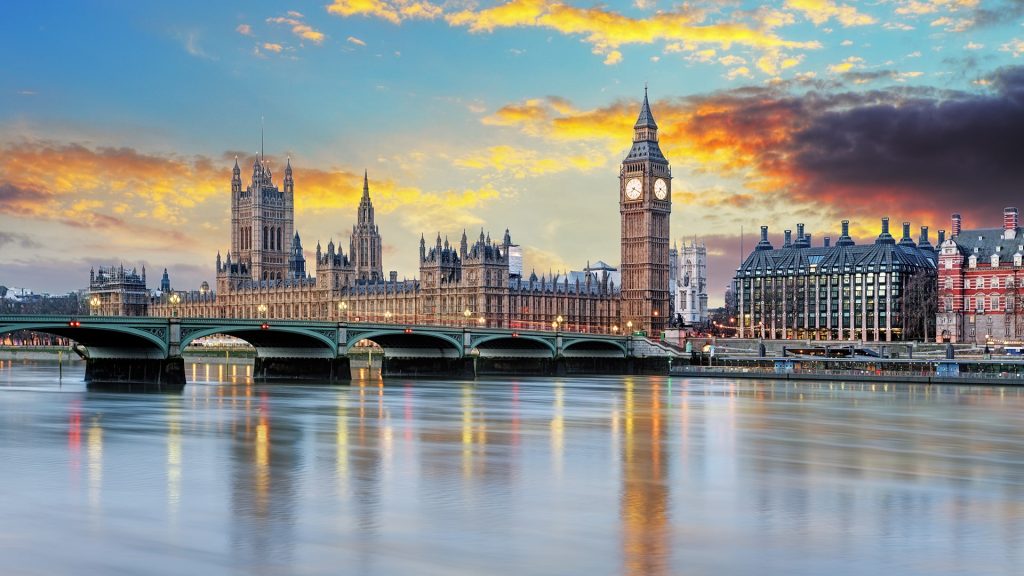
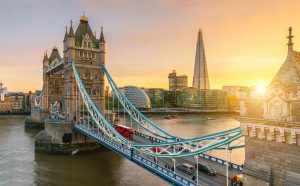
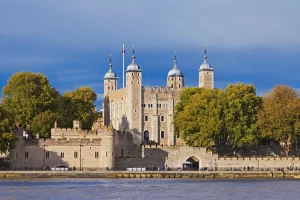
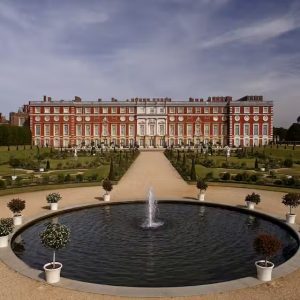

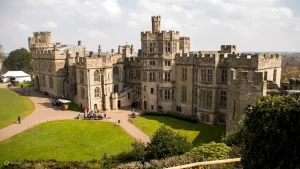
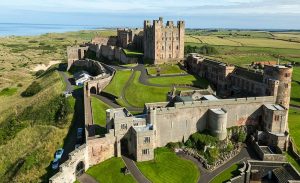
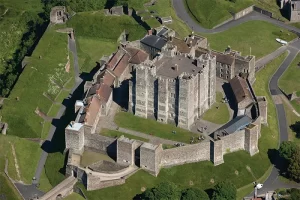
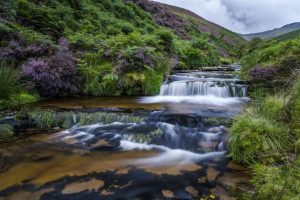
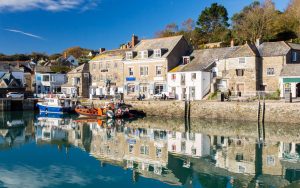
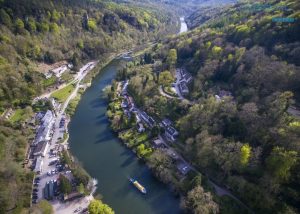
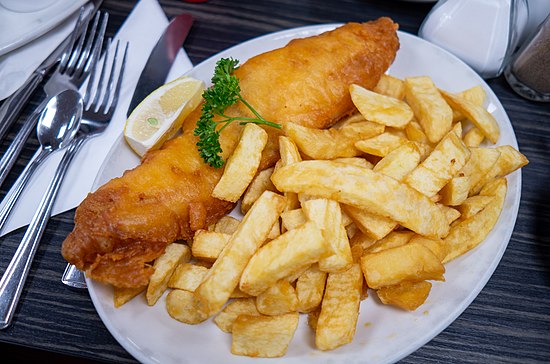
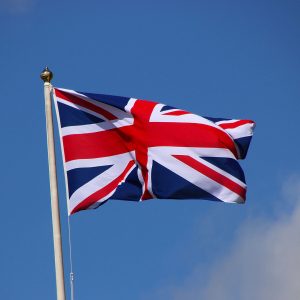
You must be logged in to post a comment.